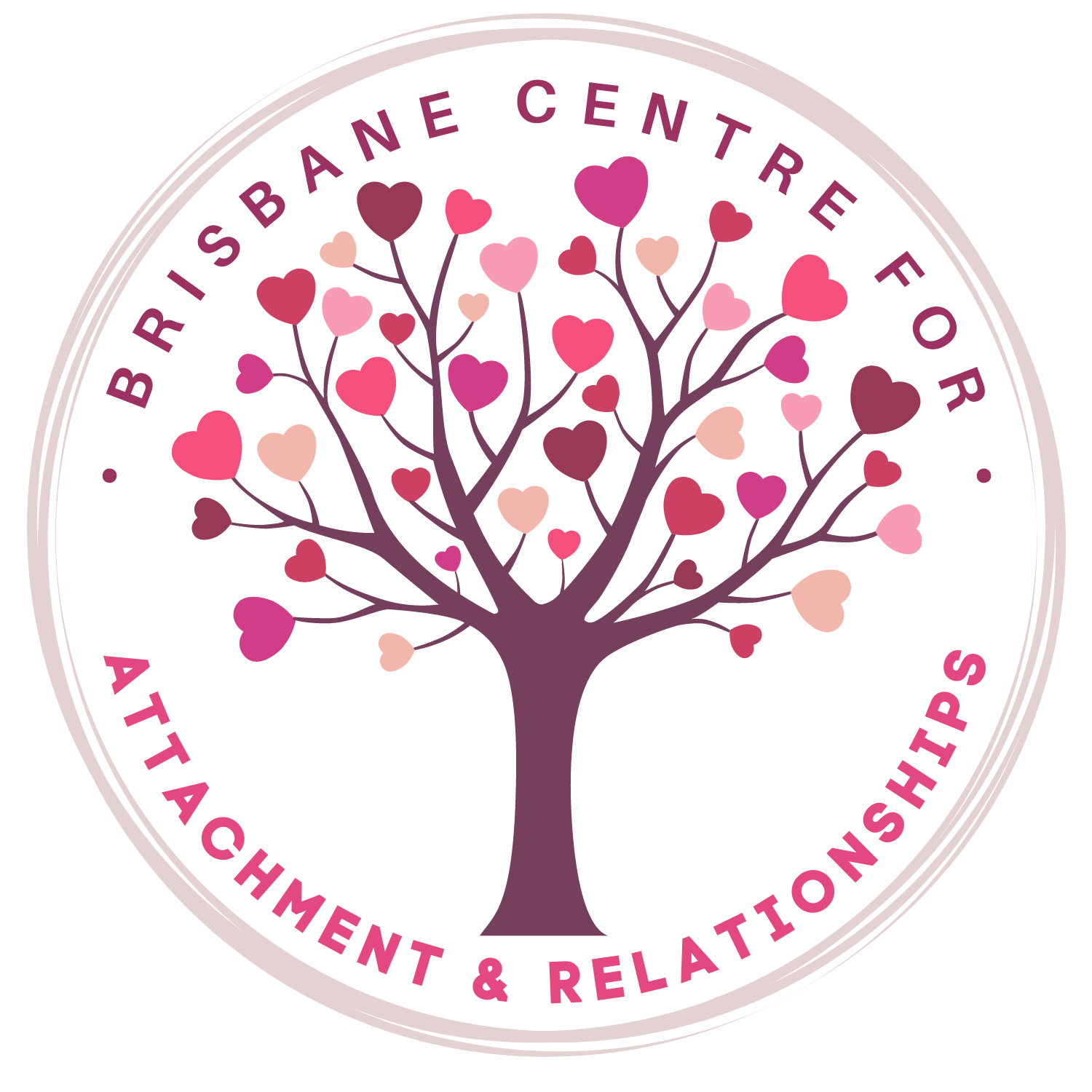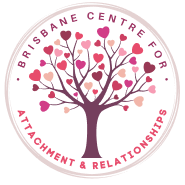Schema therapy was developed by Jeffrey Young and is a model of cognitive therapy that endorses the belief that emotional disturbance is influenced by the negative interpretations that we make when dealing with our life experiences. It follows the cognitive model that by challenging our maladaptive thoughts and replacing them with more helpful thoughts, we will alleviate emotional disturbance. However, it differs from the cognitive model by using experiential, gestalt, and limited re-parenting techniques as well as cognitive and behavioural techniques to bring about change.
What is a Schema?
A Lens to View the World
A schema is an enduring and stable pattern of thinking that develops early in a person’s life and shapes the way they view the world. Schemas are important beliefs and feelings about oneself and the world that are accepted without question. As a result, they are very resistant to change because they are self-perpetuating and often outside of a person’s awareness. When a schema is triggered by events in a person’s life, their thoughts and feelings are dominated by that schema and they are likely to experience extreme negative emotion as well as dysfunctional thoughts and behaviours.
The Function of Schemas
Schemas exert influence over our behaviours through three processes; surrender, avoidance and overcompensation. These processes ensure the survival of the schema. It can be very helpful to externalise the schema by talking about how it developed, when in the life the schema was personally relevant and whether it still is, how it has helped us and also how it hinders us. This will help to see the schema as an entity separate from ourselves and will make it easier for us to see the way the schema is avoided, compensated for and maintained in our lives.
How Schemas Show up
Surrender
This refers to the process by which the schema perpetuates itself in a person’s life. It does this by distorting how someone sees the world through cognitive distortions and defeating patterns of behaviour. They will unwittingly find themselves exaggerating or dwelling on information that confirms the schema and discounting contradictory evidence. It is as though they "surrender" to the schema allow it to direct their viewpoint, feelings and behaviours. For instance, a person with a Vulnerability schema will notice more negative events in their life, be more likely to dwell on the “bad” things happening in the world, and to focus on the risks of certain behaviours. They are less likely to take risks than others without this schema. In these subtle ways, the schema ensures its survival in the person’s life.
Avoidance
This is the process in which people avoid activating their schemas. To do this, people avoid thinking about things that might be related to the schema. People can become very blocked from certain issues or memories as a result of their reluctance to activate their schema and the painful negative emotions it brings with it. Similarly, people avoid any emotions that are related to the schema and can become “numb” regarding certain issues. People can also avoid their schema through their behaviour. They may do certain things to prevent their schema from being activated. For instance, a person with a Failure schema may avoid their schema by not taking on new challenges thus decreasing the chance that they could fail and trigger it. By avoiding activation of the schema, it goes unchallenged and continues to exert its influence.
Overcompensation
This is when a person acts in way that could be interpreted as the opposite of their schema in order to avoid triggering it or to compensate for it. For example, a person with a dependence schema might compensate for these feelings by becoming independent and resisting relying on anyone for anything. Sometimes this will look as though they have the opposite schema for instance, a person with emotional deprivation can compensate for their schema be appearing entitled or narcissistic. People compensate for their schema when they go so far the opposite way to prevent triggering the emotions that might come with it.
Core Childhood Needs
As schemas are thought to develop during childhood and adolescence, Jeffrey Young identified several “core childhood needs” that if unmet during childhood or adolescence can lead to the development of schemas.
– Safety
– Stable, predictable base
– Nurturance, love, and attention
– Acceptance and praise
– Empathy and listening
– Realistic limits and appropriate discipline
– Validation of feelings and needs
Schemas are developed as a result of needs that go unmet (not enough of a good thing), traumatisation, victimisation or mistreatment (too much of a bad thing), lack of appropriate limits (too much of a good thing), or internalisation of characteristics of caregivers (learning through modelling of parent’s coping responses, opinions or ways of living, relating to others or treating themselves).
Goals of Schema Therapy
The goal of schema therapy is to help people get their core needs met in an adaptive manner. This entails the changing of maladaptive coping styles and the challenging and weakening of schemas. A schema is more than just a cognitive construct; it is comprised of feelings, memories, images, bodily sensations and thoughts. It is developed during childhood or adolescence but is elaborated throughout one’s lifetime. To classify as a schema, it must be dysfunctional to a significant degree. Typically, the earlier a schema develops, the more maladaptive it will be and the larger the impact it will have on one’s life (early maladaptive schemas). Schemas can be developed later in life but they tend to be less disruptive and are often developed in reaction to or as a compensation for early maladaptive schemas.
Studies conducted on schema therapy show that it is often effective in treating: posttraumatic stress, eating disorders,anxiety, substance abuse, relationship issues. chronic depression, personality-related conditions.
Schema Therapy Process
Schema Therapy requires a high level of insight on the part of the client and a willingness to explore deep emotional issues. Common things you and your therapist may explore during sessions includes the following:
Understanding the presenting problem and the origins of the issues (memories of childhood).
Identifying your schemas using validated measures and through imagery.
Education about your core schemas.
Linking your schemas to your presenting problem so that you can become aware of the affect of the past on your present issues and can start to see your life patterns as a result of your schema.
Using the therapeutic relationship for any schemas that might surface within it. This is used as a basis for discussion and exploration of triggers and origins and how it relates to other relationships.
Exploring and understanding how your coping strategies perpetuate your schemas.
Eliciting your emotions through “hot and cold cognitions” to meet your unmet needs.
Rationally talking about your unmet needs and challenging irrational thoughts.
“We’re only as needy as our unmet needs”
John Bowlby


